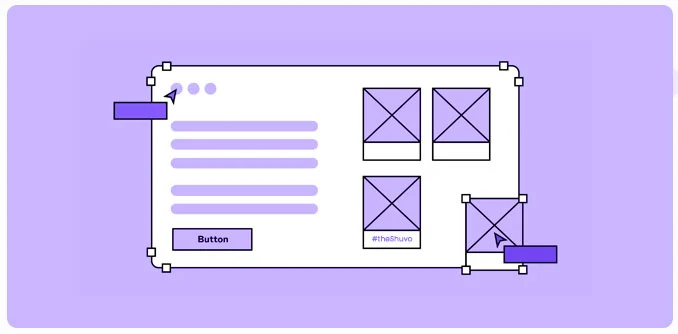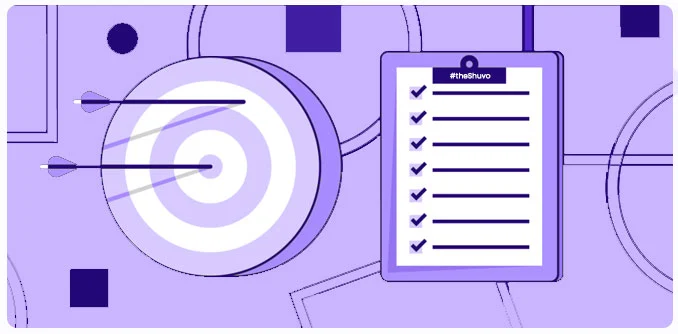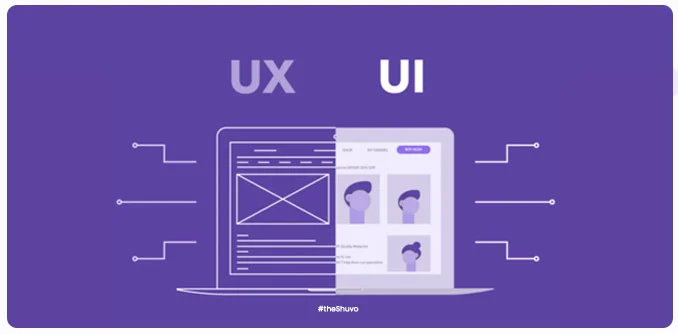The journey of a product manager from concept to launch is a dynamic and rewarding adventure. This path is marked by curiosity, persistence, and a relentless passion for excellence. In the real seen of digital product management, these qualities are crucial for turning ideas into successful products that meet user needs and drive business growth. Let’s explore this journey in more detail, focusing on key stages like ideation, planning, wireframing, documentation, UX/UI design, handover to the tech team, testing, deployment, maintenance, and planning for the next feature.

Curiosity: The Starting Point
Curiosity is the spark that ignites the product manager’s journey. It begins with asking questions and seeking to understand the market, the users, and the competition.

A curious product manager dives deep into research, gathering data and insights to identify gaps and opportunities. They engage with potential users to uncover their pain points and desires, which helps in shaping a product concept that is both innovative and relevant.
Ideation
The first formal step in the journey is ideation. Here, the product manager collaborates with stakeholders to brainstorm and generate ideas that align with the company’s goals and address user needs.

This stage is about creativity and open-mindedness, allowing for a wide range of ideas to be considered and refined.
Planning
Once a viable idea is selected, the planning phase begins. This involves defining the project scope, setting objectives, and creating a roadmap.

Planning ensures that everyone involved understands the project goals, timelines, and resources required. It sets the foundation for a structured and organized development process.
Wireframing
Next, the product manager works on wireframing, which involves creating simple sketches or diagrams that outline the structure and layout of the product.

Wireframes serve as a visual guide for the design and development teams, providing a basic framework for how the product will look and function.
Documentation (PRD and SRS)
Comprehensive documentation is crucial for successful product development. The product manager prepares a Product Requirements Document (PRD) and a Software Requirements Specification (SRS).

These documents detail the product’s features, functionalities, and technical requirements, serving as a blueprint for the development team. We shared it with the management team also for any kind of operational approval and PRD for tech development
UX/UI Design
With the wireframes and documentation in place, the focus shifts to UX/UI design.

Designers create detailed mockups and prototypes, emphasizing user experience and visual aesthetics. The goal is to design a product that is intuitive, user-friendly, and visually appealing. This stage involves iterative testing and feedback to ensure the design meets user expectations.
Handover to Tech Team
Once the design is finalized, the product manager hands over all materials to the tech team. This handover includes the wireframes, design mockups, PRD, and SRS.

Clear communication and collaboration during this transition are essential to ensure that the development team fully understands the vision and requirements.
Persistence: Overcoming Challenges
The development phase is where persistence becomes the driving force. The road from concept to launch is rarely smooth. There are technical hurdles, design challenges, and unexpected setbacks.

A persistent product manager navigates these obstacles with determination, keeping the team motivated and focused on the end goal. They iterate on designs, test prototypes, and continuously refine the product based on feedback and testing results.
Testing
Before the product is launched, it undergoes rigorous testing. This includes functional testing, usability testing, and performance testing.

The product manager coordinates these efforts to identify and fix any issues. Ensuring the product is robust and bug-free is crucial for a successful launch.
Deployment
Deployment is the stage where the product goes live. The product manager oversees the launch process, ensuring that everything runs smoothly and any potential issues are addressed promptly. This stage involves close collaboration with marketing and customer support teams to ensure a seamless user experience.
Maintenance
The journey doesn’t end with deployment. Post-launch, the product manager continues to monitor the product’s performance and user feedback. Regular maintenance is necessary to address any bugs or issues that arise and to keep the product running smoothly.
Planning for the Next Feature
Finally, planning for the next feature begins as soon as the product is launched. The product manager gathers user feedback and analyzes product performance to identify areas for improvement and new opportunities. This continuous cycle of innovation ensures that the product remains relevant and competitive.
In digital product management, the journey from concept to launch is filled with challenges and triumphs. Curiosity fuels the discovery phase, persistence drives development, and a passion for excellence ensures a quality product. This journey, though demanding, is incredibly fulfilling. By following structured steps such as ideation, planning, wireframing, documentation, UX/UI design, handover to the tech team, testing, deployment, maintenance, and planning for the next feature, a product manager can turn ideas into reality, making a significant impact in the digital world.



